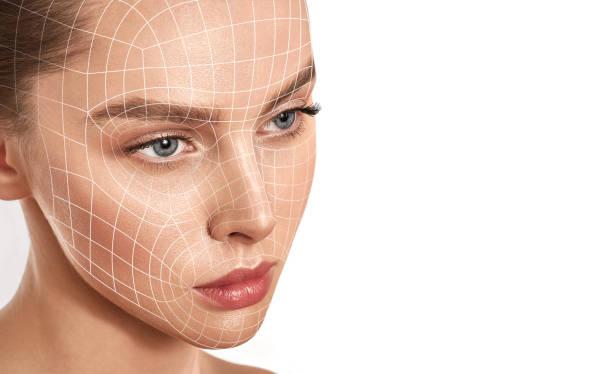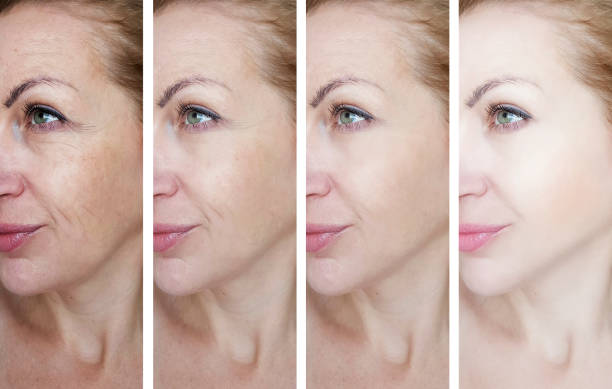Wrinkle fillers, also known as dermal fillers, are commonly used to smooth out wrinkles, restore volume, and rejuvenate the skin. While generally safe when administered by a trained professional, they can have some side effects. These side effects may include:
- Redness and Swelling: It’s common to experience some redness, swelling, and tenderness at the injection site immediately after the procedure. This usually subsides within a few days but can last longer in some cases.
- Bruising: Bruising at the injection site is also common and can take a few days to resolve. It may be more noticeable in individuals who are prone to bruising or who take blood-thinning medications.
- Itching or Tenderness: Some people may experience itching or tenderness at the injection site. This usually resolves on its own within a few days.
- Lumpiness or Bumps: Occasionally, the filler may not be distributed evenly, leading to lumpiness or bumps under the skin. This can often be massaged out by the practitioner.
- Infection: Although rare, there is a risk of infection at the injection site. Signs of infection include increased redness, swelling, pain, or discharge. It’s essential to seek medical attention if you suspect an infection.
- Allergic Reaction: While uncommon, some individuals may have an allergic reaction to the filler material. Symptoms of an allergic reaction may include itching, swelling, rash, or difficulty breathing. If you experience any of these symptoms, seek medical attention immediately.
- Migration: In rare cases, the filler may migrate from the injection site to other areas of the face, causing asymmetry or other undesirable effects.
- Nodules or Granulomas: Sometimes, the body may react to the filler material by forming nodules or granulomas. These are typically small and can usually be treated by a dermatologist or plastic surgeon.
- Tyndall Effect: This occurs when the filler is injected too superficially, causing a bluish discoloration of the skin. It’s more common with certain types of fillers, such as hyaluronic acid fillers.
It’s essential to discuss the potential risks and side effects of wrinkle fillers with your healthcare provider before undergoing the procedure. Additionally, choosing a qualified and experienced practitioner can help minimize the risk of complications.

How long do wrinkle fillers last?
The duration of wrinkle fillers varies depending on several factors, including the type of filler used, the area treated, individual metabolism, and lifestyle factors. However, on average, most wrinkle fillers last between 6 months to 2 years. Here’s a breakdown by common types of fillers:
- Hyaluronic Acid Fillers: These are among the most popular types of wrinkle fillers. They typically last between 6 to 18 months, depending on the specific product used and the area treated. Hyaluronic acid fillers gradually break down over time and are eventually absorbed by the body.
- Calcium Hydroxylapatite Fillers: These fillers tend to last longer than hyaluronic acid fillers, often around 12 to 18 months. Calcium hydroxylapatite stimulates collagen production, providing longer-lasting results.
- Poly-L-Lactic Acid Fillers: These fillers work by stimulating collagen production in the skin, resulting in gradual improvement over time. The effects of poly-L-lactic acid fillers can last up to 2 years or more.
- Polymethylmethacrylate (PMMA) Fillers: PMMA fillers are considered semi-permanent because they contain tiny beads that remain in the skin indefinitely. While the filler material itself lasts indefinitely, its effects may diminish over time, requiring touch-up treatments.
It’s essential to note that individual results may vary, and touch-up treatments may be necessary to maintain the desired results. Additionally, factors such as sun exposure, smoking, and lifestyle choices can affect the longevity of wrinkle fillers. Consulting with a qualified healthcare provider can help determine the most suitable filler type and treatment plan based on your specific needs and goals.
